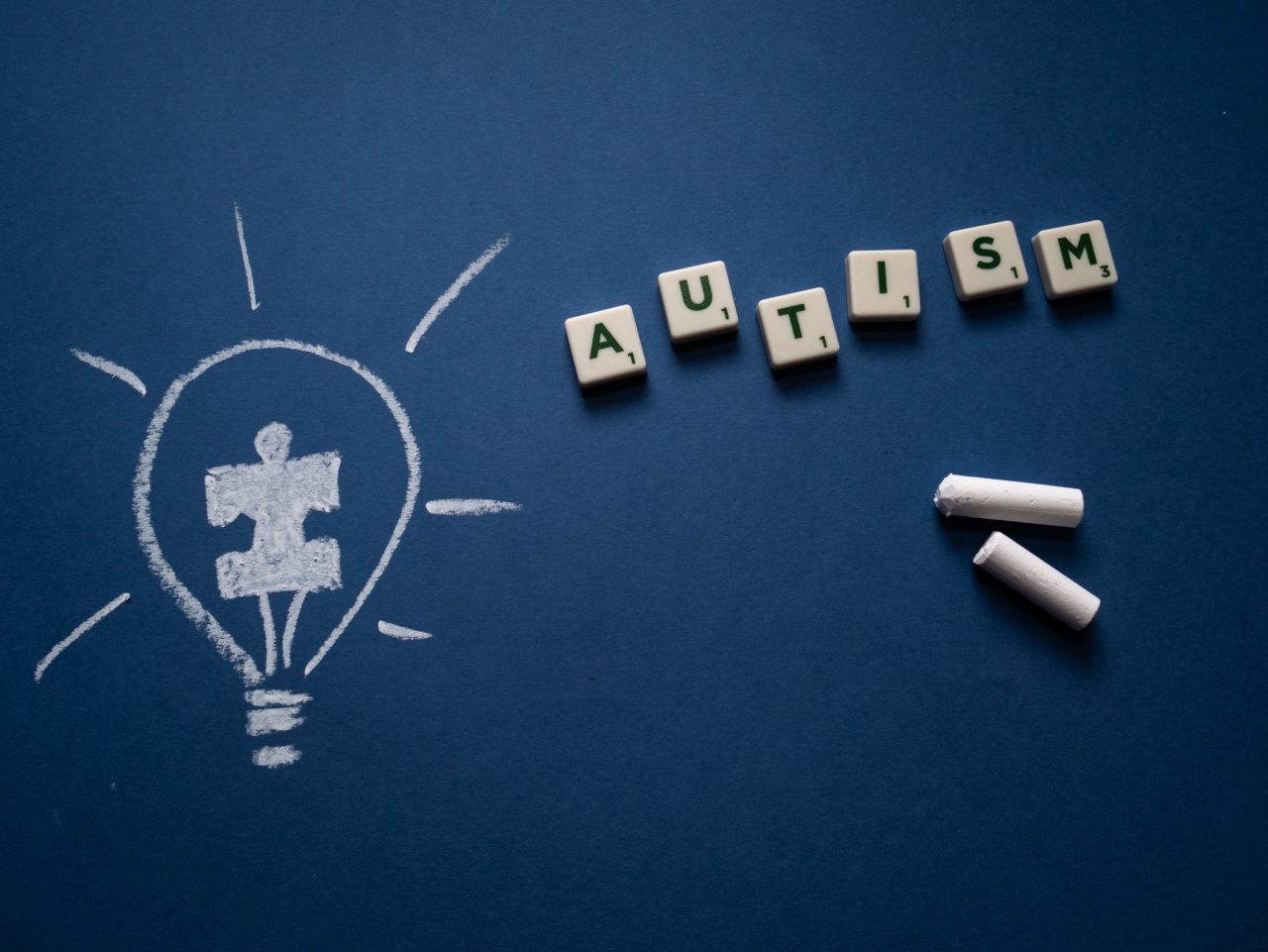Autism Spectrum Disorder (ASD) is a developmental disorder characterized by difficulties in social interaction, communication, and restricted and repetitive behaviors.
It is a complex neurodevelopmental condition with numerous underlying factors contributing to its etiology. One such factor that has gained significant attention in recent years is the role of vasopressin levels in individuals with ASD.
What is Vasopressin?
Vasopressin, also known as antidiuretic hormone (ADH), is a neuropeptide that plays a crucial role in regulating water balance and blood pressure in the body. It is produced in the hypothalamus and released by the pituitary gland.
Vasopressin acts on various receptors throughout the body, including the brain, where it influences a range of behaviors and social interactions.
The Role of Vasopressin in Social Behavior
Vasopressin has been widely studied for its involvement in social behavior. It has been linked to social bonding, aggression, and pair-bonding in various animal species.
In humans, studies have shown that vasopressin levels are associated with different aspects of social behavior, such as trust, empathy, and social recognition.
Researchers have hypothesized that alterations in vasopressin levels or dysfunction in the vasopressin system may contribute to the social impairments observed in individuals with ASD.
Several studies have explored this hypothesis, although the findings have been mixed.
Vasopressin Levels in Individuals with Autism Spectrum Disorder
A growing body of research has investigated the relationship between vasopressin levels and ASD.
Some studies have reported lower levels of vasopressin in individuals with ASD compared to typically developing individuals, suggesting a potential role for vasopressin deficiency in ASD pathophysiology.
One study conducted by Joober et al. (1999) found significantly lower levels of vasopressin in the cerebrospinal fluid of children with autism compared to control subjects. Another study by Liu et al.
(2013) observed reduced vasopressin receptor expression in specific brain regions of individuals with ASD.
However, not all studies support the hypothesized link between vasopressin and ASD. A study by Frank et al. (2016) found no significant differences in plasma vasopressin levels between individuals with ASD and controls.
The Complexity of Vasopressin-ASD Relationship
The relationship between vasopressin and ASD is undoubtedly complex and influenced by various factors.
It is important to consider the heterogeneity within the ASD population, as individuals with ASD may exhibit different behavioral and physiological profiles.
Additionally, the presence of comorbid conditions, such as anxiety or depression, can further complicate the interpretation of vasopressin levels in individuals with ASD.
These comorbidities may have their own impact on vasopressin regulation and secretion.
Future Directions and Implications for Treatment
While the current research on vasopressin levels in individuals with ASD is inconclusive, it provides valuable insights into the potential involvement of this neuropeptide in ASD pathophysiology.
Further studies are needed to clarify the role of vasopressin in the development and manifestations of ASD.
If a definitive link between vasopressin and ASD is established, it could have significant implications for the development of targeted therapies.
Modulating vasopressin levels or targeting the vasopressin system may offer new avenues for intervention and treatment strategies for individuals with ASD.
Conclusion
Vasopressin levels have emerged as a potential factor in the complex etiology of autism spectrum disorder.
While some studies have reported alterations in vasopressin levels in individuals with ASD, further research is needed to fully understand the role of vasopressin in ASD pathophysiology.


























